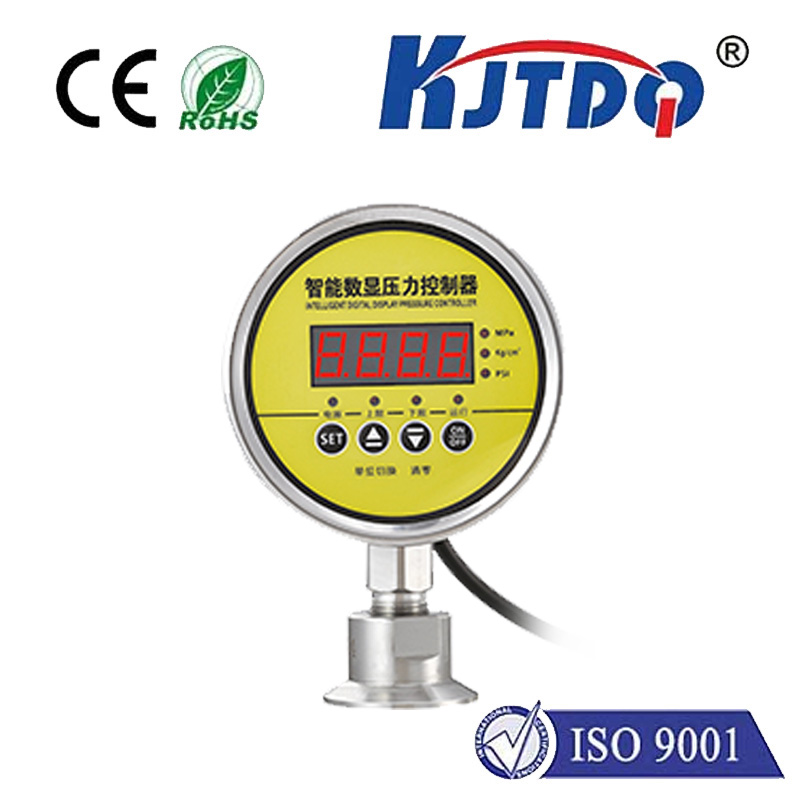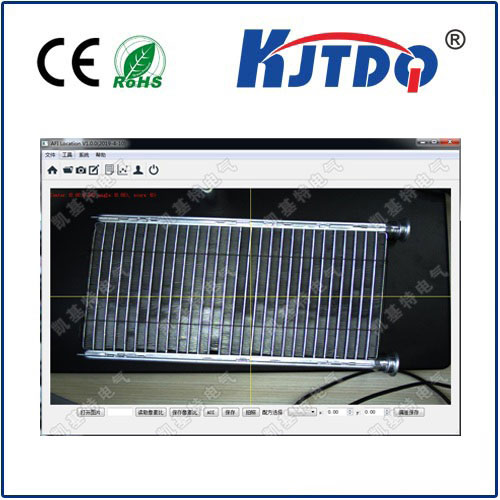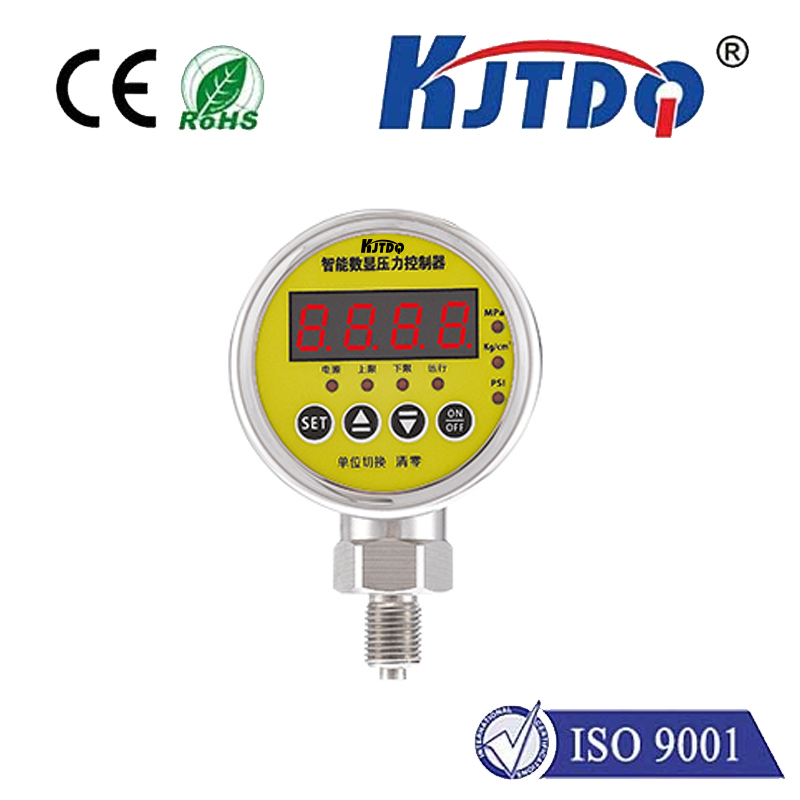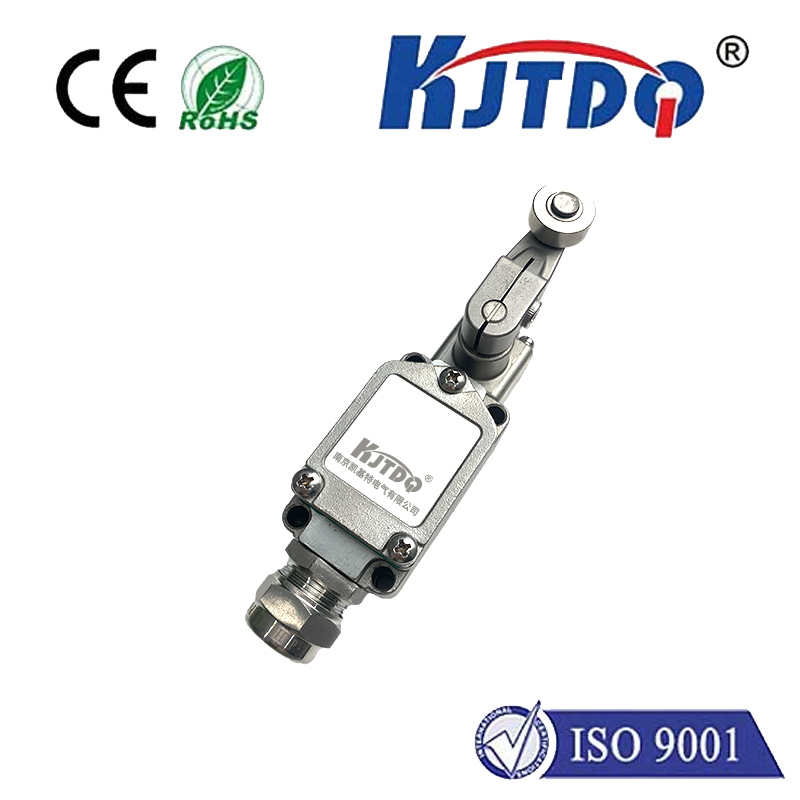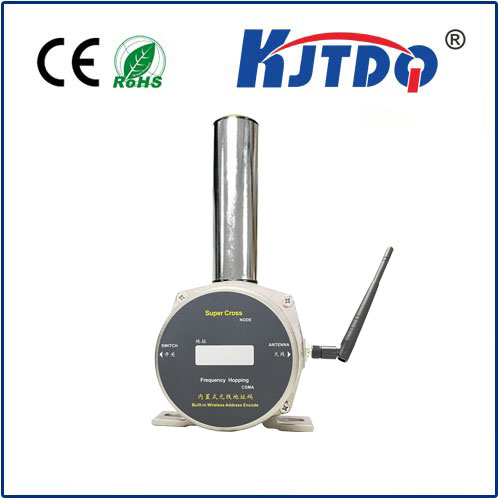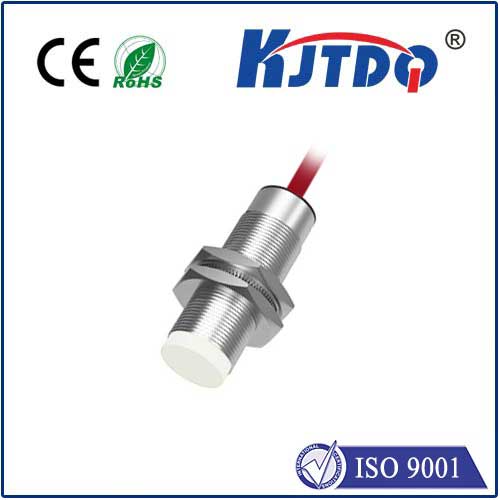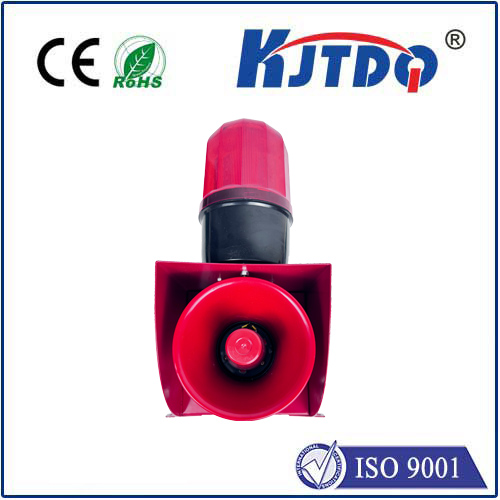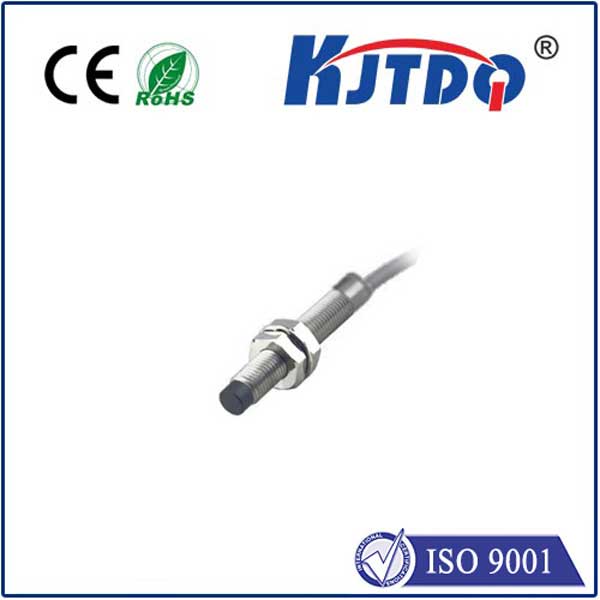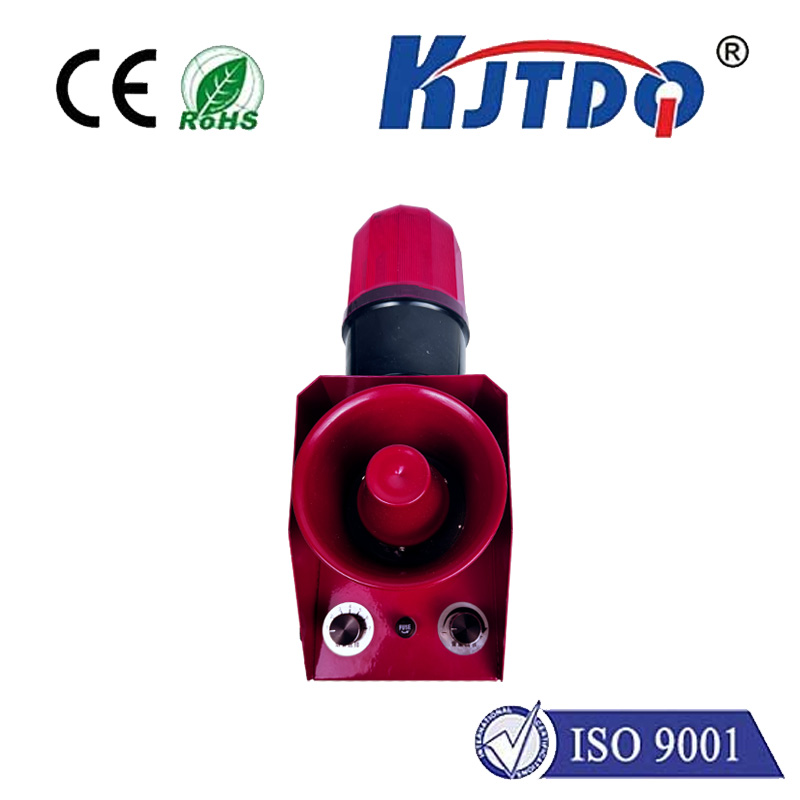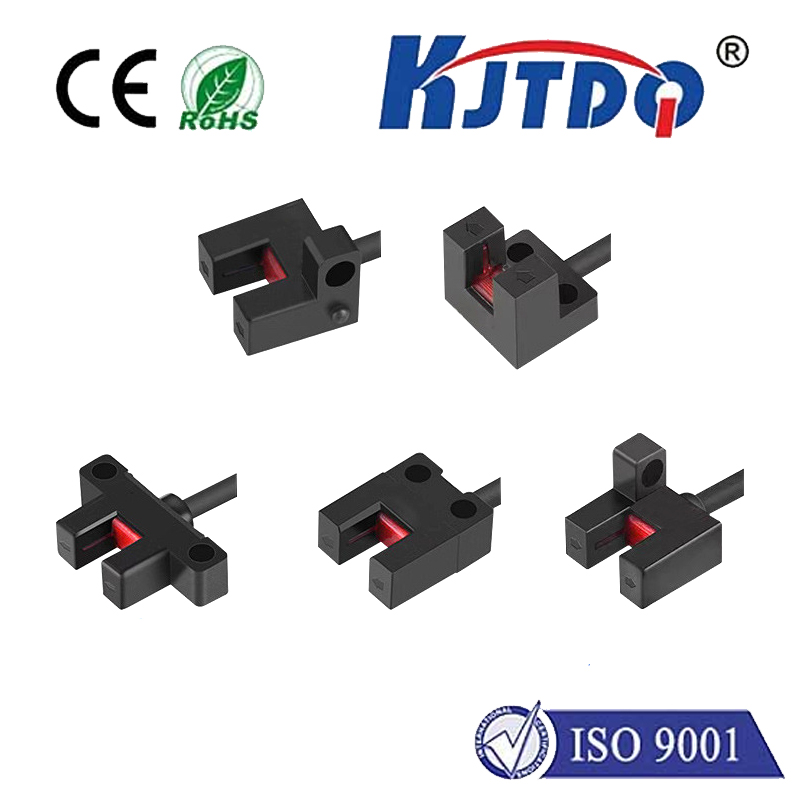
check

check

check

check
deal Limit Switch: Ensuring Precision and Reliability in Industrial Applications
In the realm of industrial automation, precision and reliability are paramount. One critical component that ensures these attributes is the ideal limit switch. This article delves into what an ideal limit switch is, its significance, and how it enhances performance in various applications.
What is an Ideal Limit Switch?
An ideal limit switch is a device used to detect the presence or absence of an object or to measure the level of liquid or granular substances within a container. It sends signals to control systems when preset positions are reached or exceeded, thereby acting as a safety mechanism to prevent mechanical damage or process disruptions.
Significance of Ideal Limit Switches
The importance of limit switches lies in their role as guardians of system integrity. They provide immediate feedback to the control unit, enabling it to make real-time adjustments to maintain operational efficiency and protect equipment from potential harm. By doing so, they extend the lifespan of machinery and reduce downtime due to unforeseen incidents.

Applications of Ideal Limit Switches
The utility of ideal limit switches spans several sectors where accuracy and dependability are essential. In manufacturing, they monitor assembly line processes and robotic arms, ensuring products are made consistently and with minimal defects. In construction, they help with positioning heavy machinery accurately during installations. In automotive industries, they're integral for quality assurance checks on production lines.
Choosing the Right Ideal Limit Switch
Selecting an appropriate ideal limit switch requires consideration of factors such as switching capacity, voltage rating, environmental conditions, and mounting options. Proper selection ensures optimal performance tailored to specific application needs, guaranteeing efficient operation without compromising robustness or longevity.
Integration with Control Systems
To maximize functionality, ideal limit switches must seamlessly integrate with existing control systems. This integration allows for centralized monitoring and control, simplifying complex tasks and increasing productivity while minimizing human error.
Maintenance and Reliability
While ideal limit switches are designed for durability, regular maintenance remains crucial for peak performance. This includes cleaning contacts, checking wiring integrity, and testing operation to identify any issues before they escalate into failures.
Future of Ideal Limit Switches
As technology evolves, so do limit switches. Advancements like wireless capabilities and smart sensors promise enhanced connectivity and intelligence, making them even more adaptable to changing industrial environments and demands for increased automation.
Conclusion
The ideal limit switch stands as a cornerstone of industrial automation, safeguarding operations through precise detection and reliable feedback. With proper selection, integration, and maintenance, these switches contribute significantly to operational efficiency and the prevention of costly errors. As we look ahead, their continued evolution assures us of a future where automation is not only more widespread but also more intelligent and resilient
